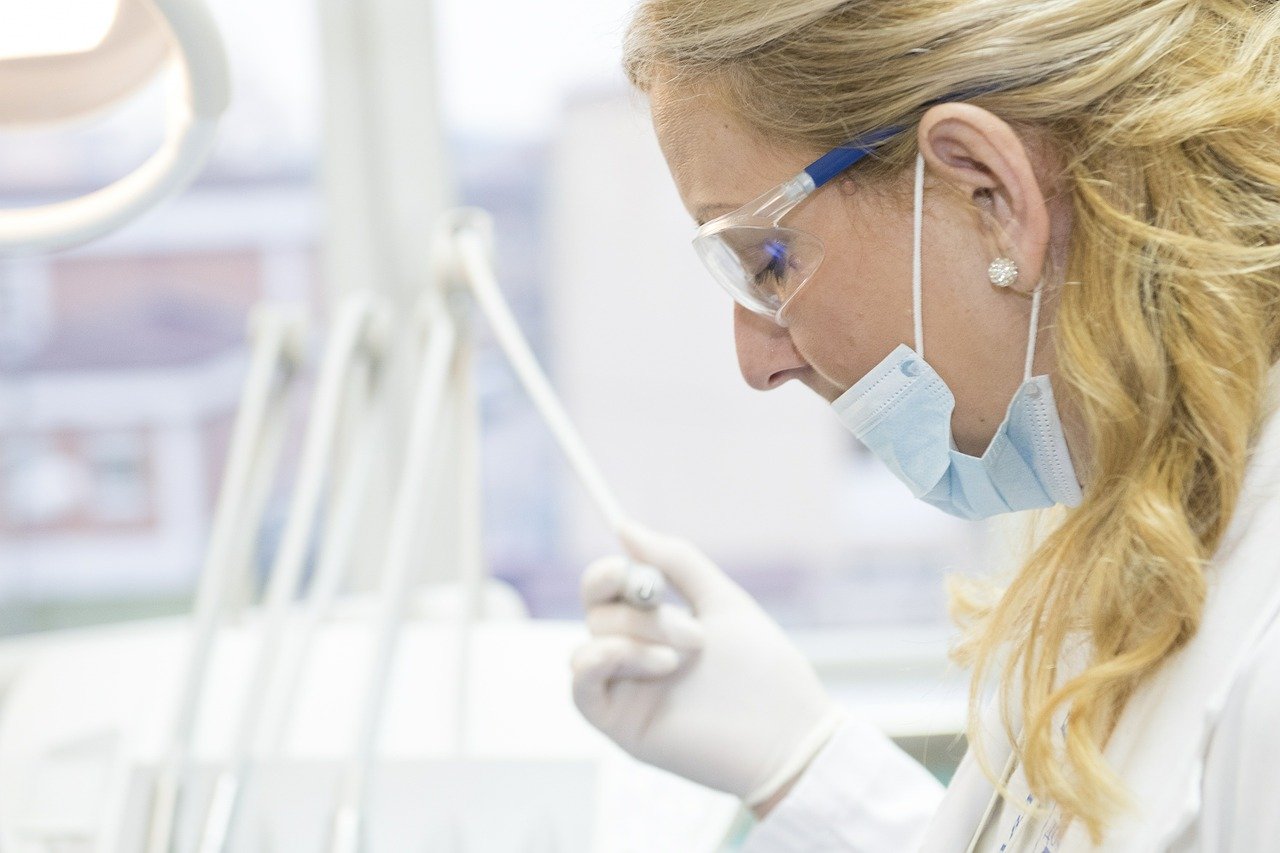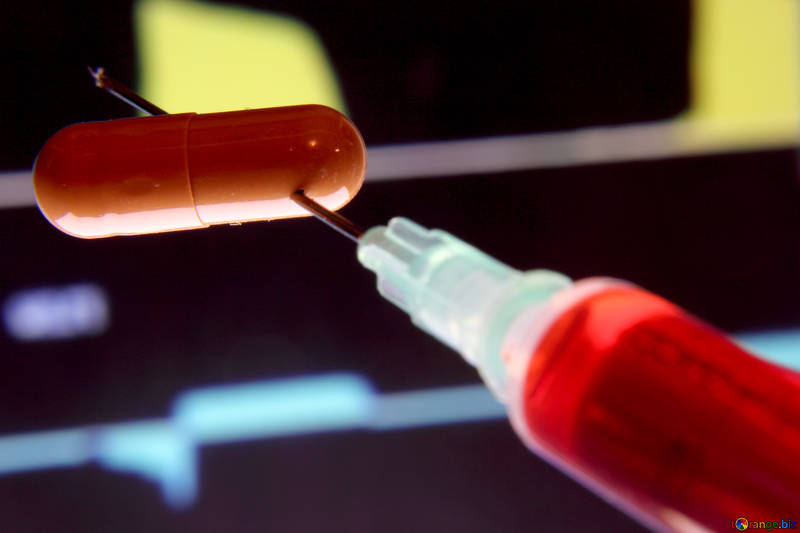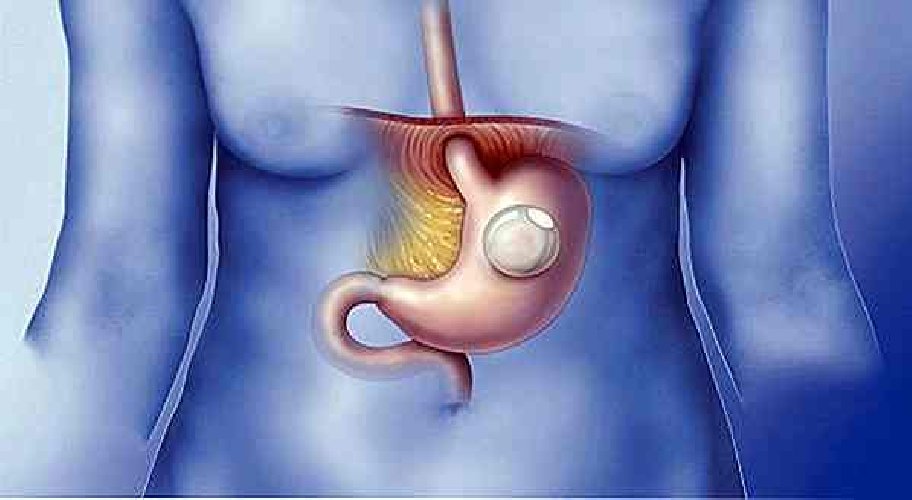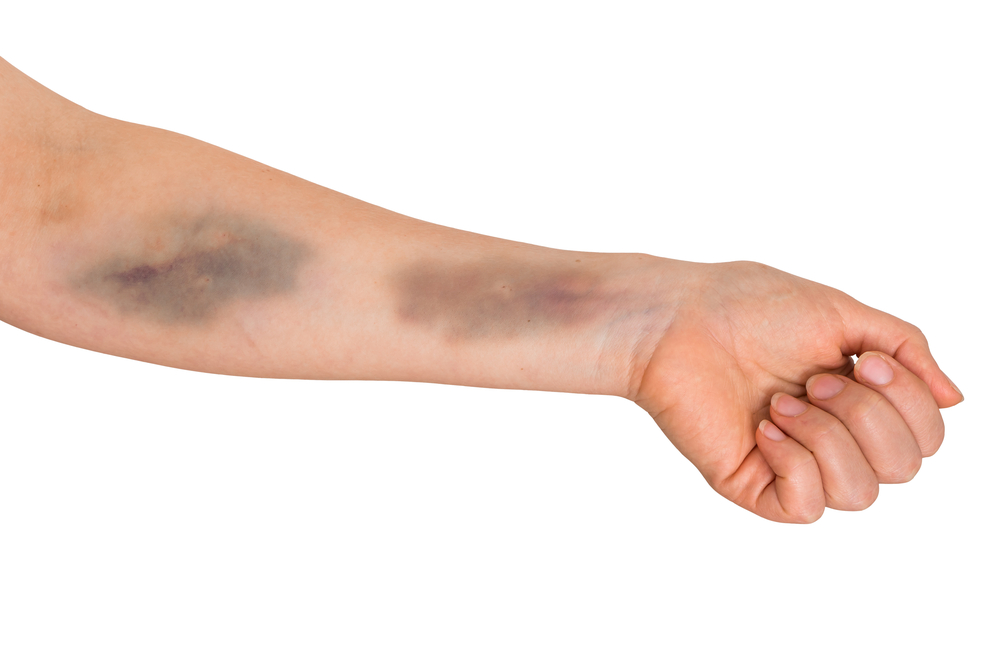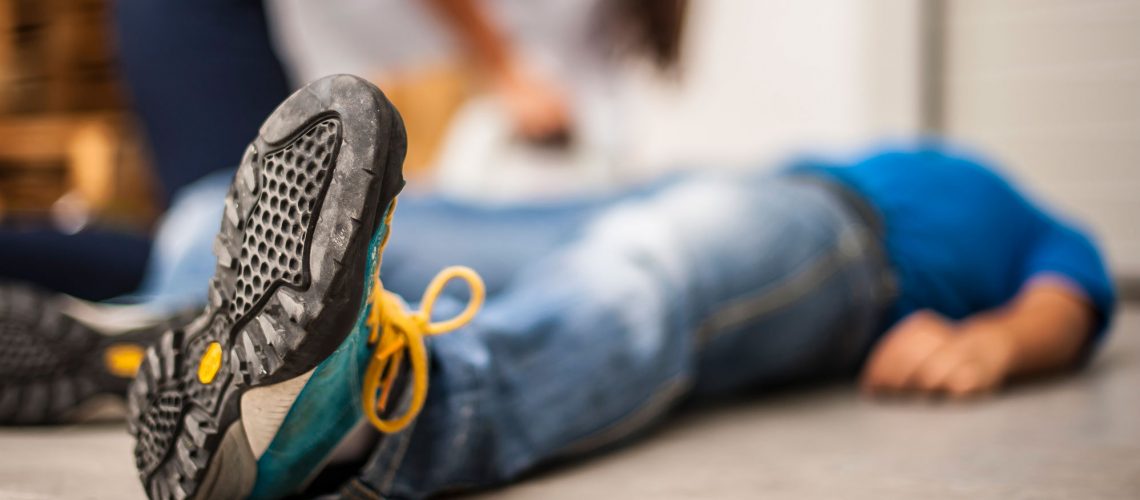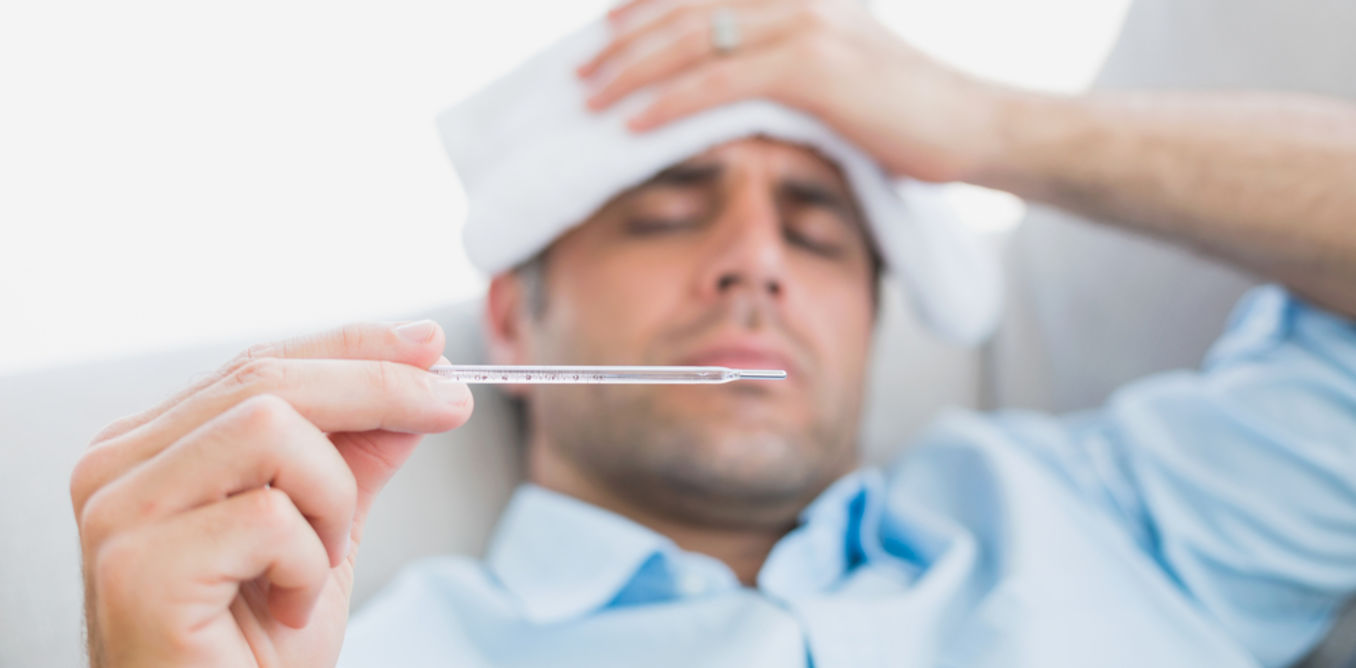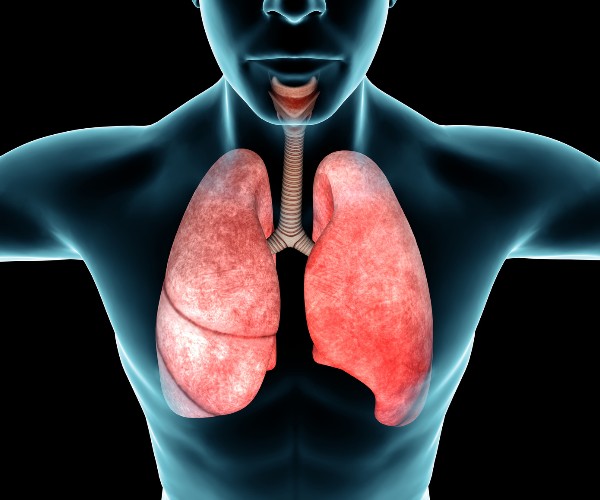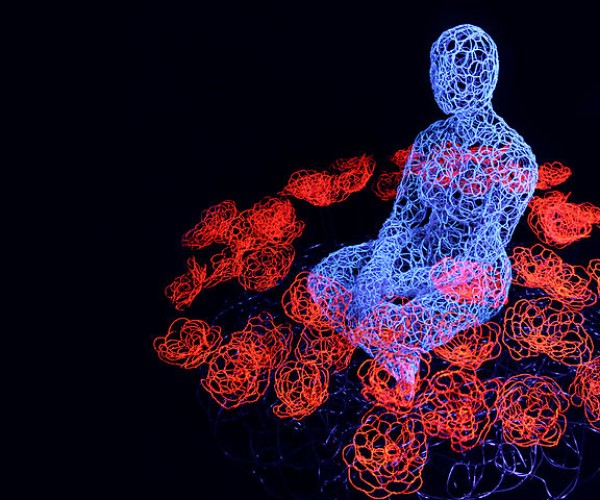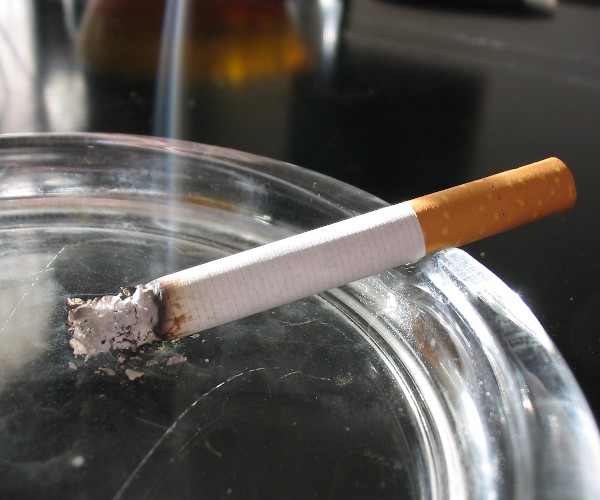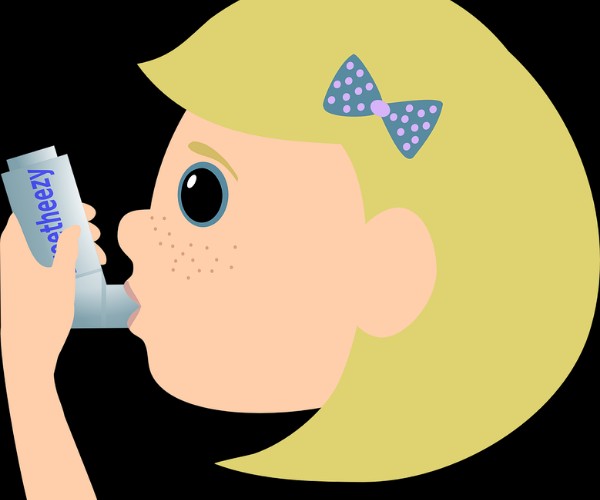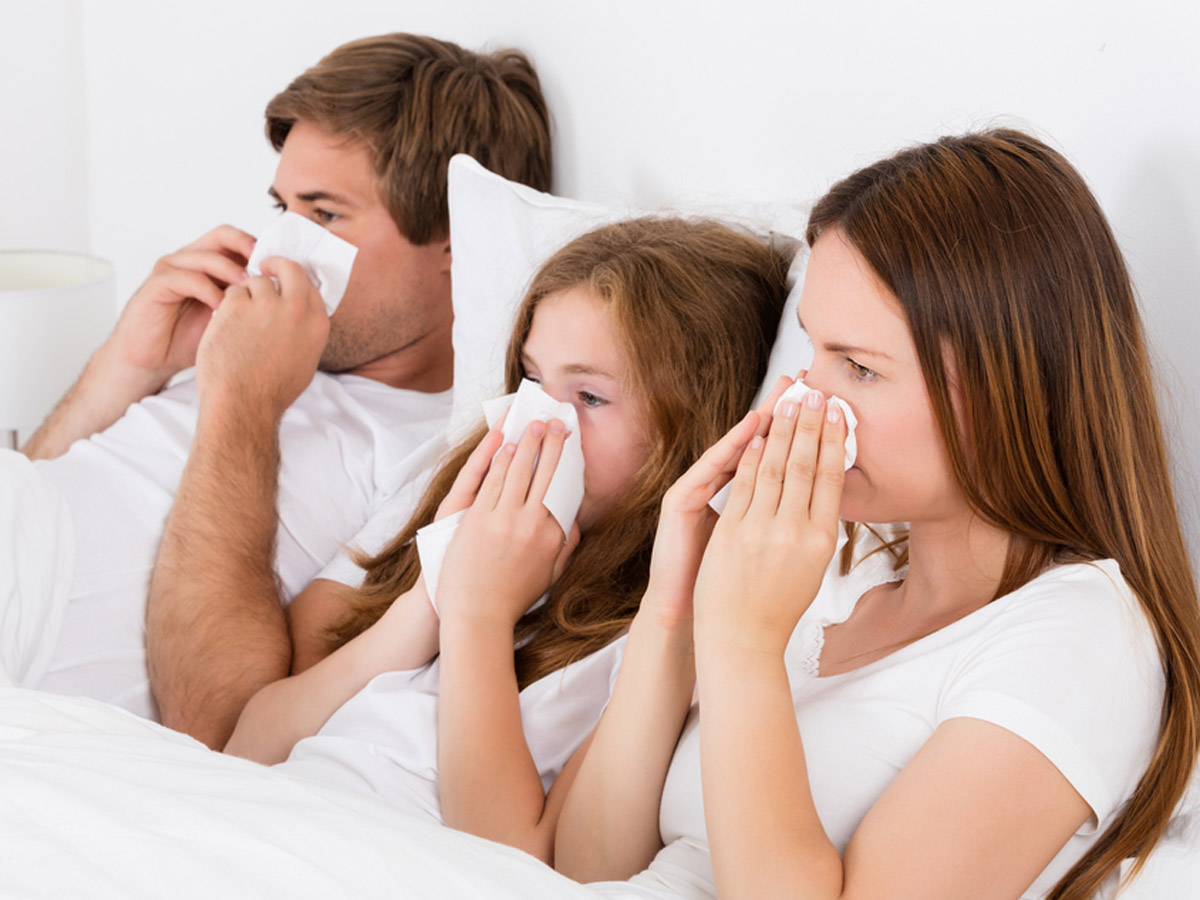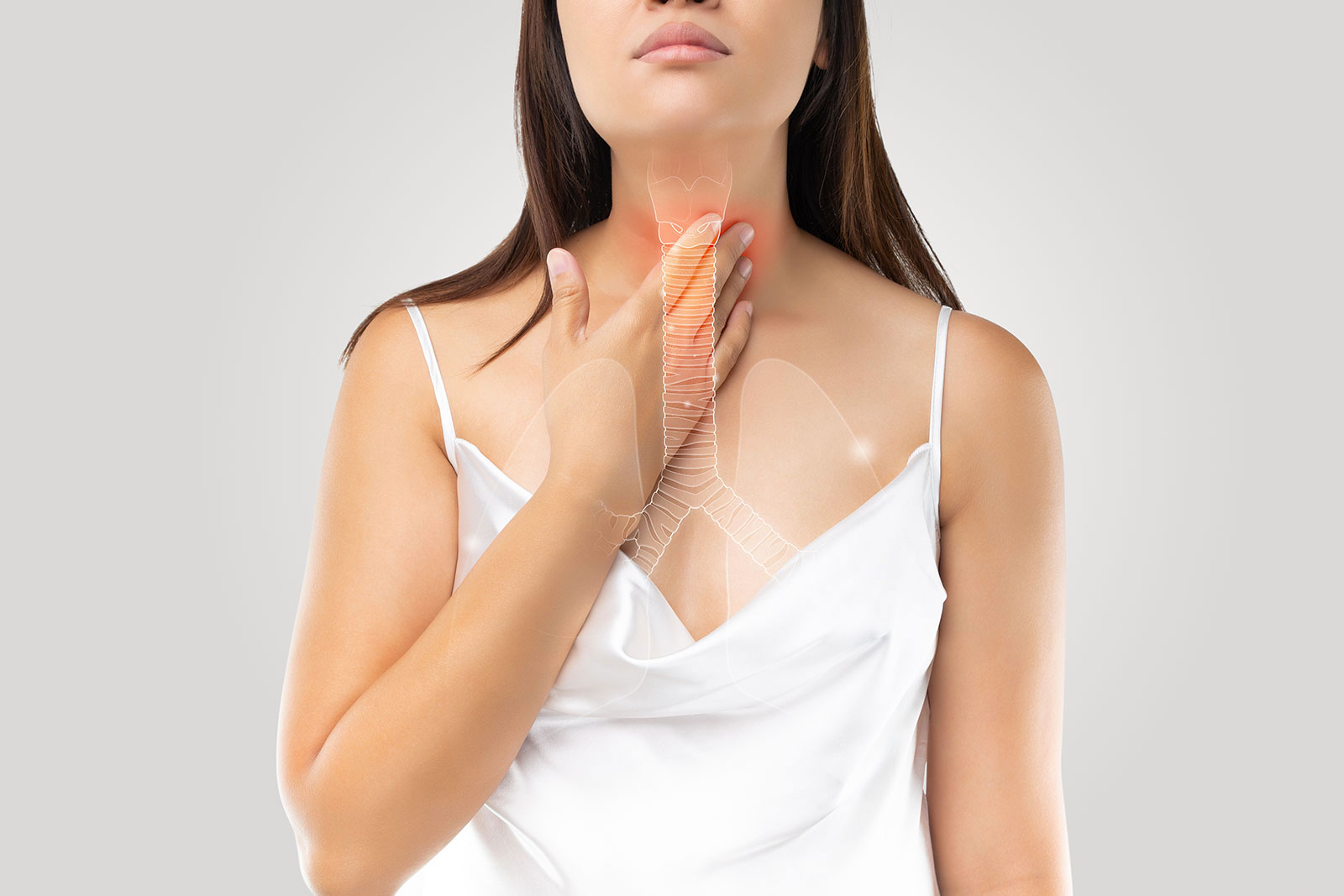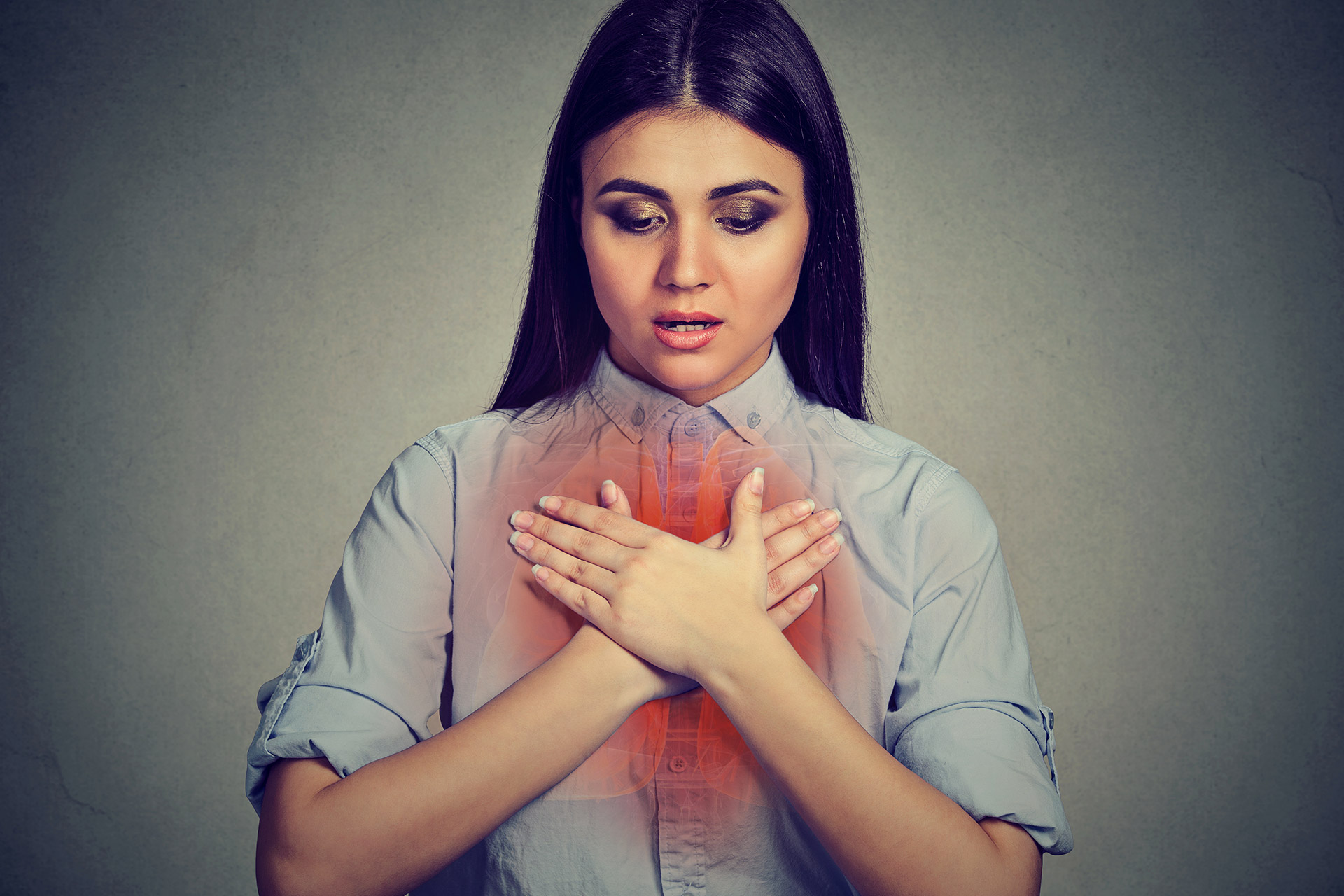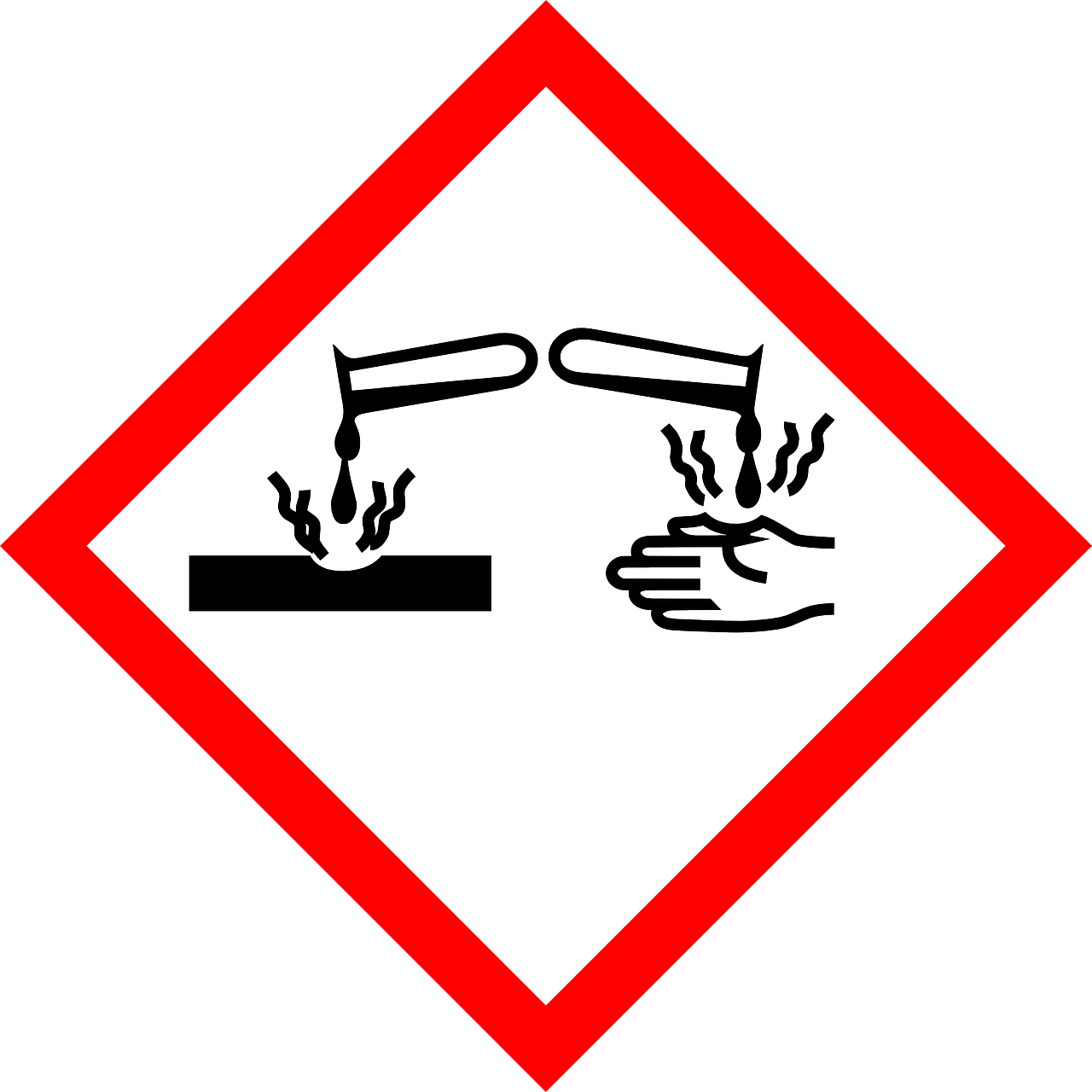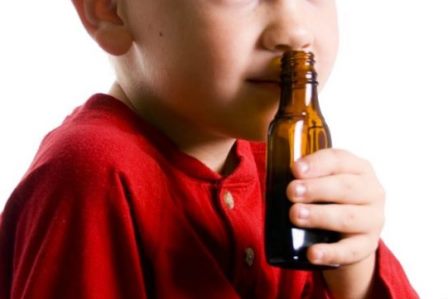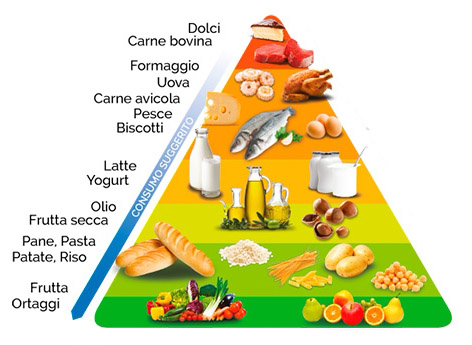Heat stroke
Heat stroke is an emergency that endangers life; in fact, victims who are not treated immediately die. If death does not occur, the high body temperature will damage tissues and the organs of the organism. Every minute lost increases the possibility of serious complications.
Heat collapse
Heatstroke collapse is secondary to the profuse sweating and insufficient fluid intake, which should replace water and mineral salts, lost after a period in an environment very hot. There are differences between heat collapse and heat stroke. In the former case the temperature is normal, while in the latter case the temperature Is generally high. Furthermore, in heat collapse, the mental state is normal, but in heat stroke it is altered.
What to do?
- Bringing the patient In a cool place and undress it.
- Lifting the legs 15-20 centimeters.
- Give cold water With a teaspoon of salt or a drink containing electrolytes.
- Ventilate the patient and give sponge baths with cold water.
- If there is no improvement within 30 minutes seek medical attention.
IHeat cramps
When we talk about heat cramps, we mean spasms muscle, painful affecting the legs or abdominal muscles. The causes are still unknown, but they often occur after a few hours of intense physical activity and in individuals who have sweated a lot, losing many liquids.
What to do?
- Bringing the victim In a cool place.
- Stretching the muscle With cramps.
- Give some water cold to the patient, adding salt or a drink containing electrolytes.
- Trying to tighten the upper lip.
Other illnesses from exposure to high temperatures
Tropical lichen is an itchy rash that occurs on the skin sweat. It is treated by drying the skin and cooling it.
Heat edema is swelling of the hands, feet, or ankles. It is very common in people not used to hot places, but it resolves itself quietly with elastic stockings and leg lifts, which reduce the swelling.
Heat syncope is a fainting spell that occurs when standing too long in a hot environment. It is possible to treat syncope in the same way as fainting.
Source: Mediserve‘s Pocket Guide to First Aid.





